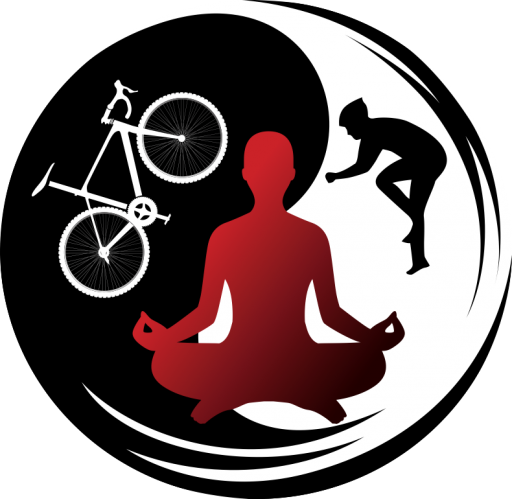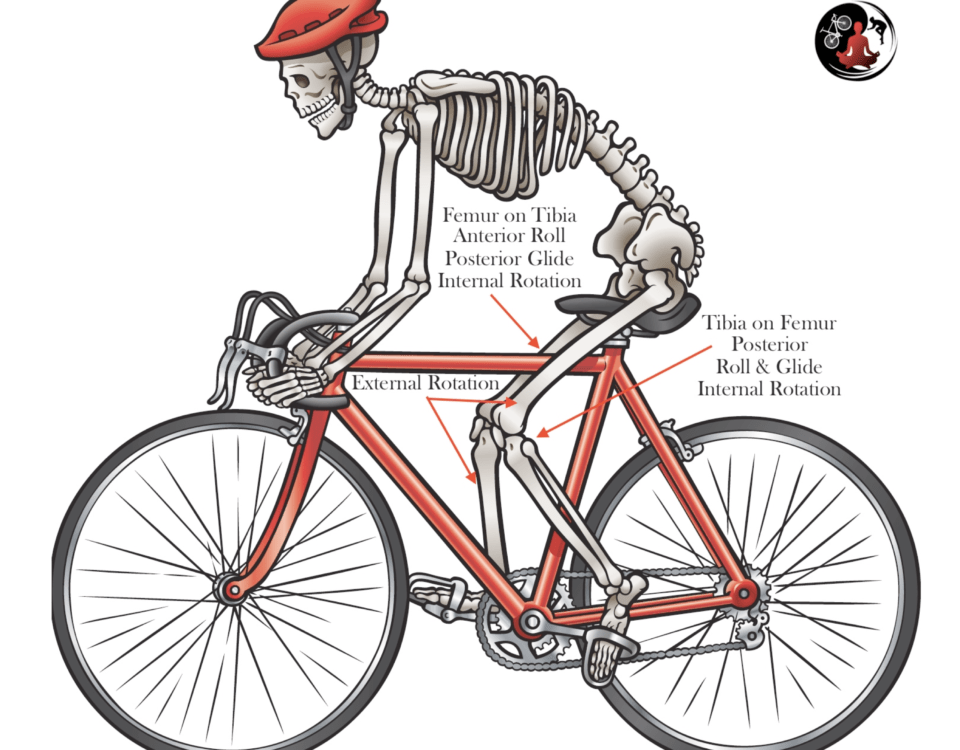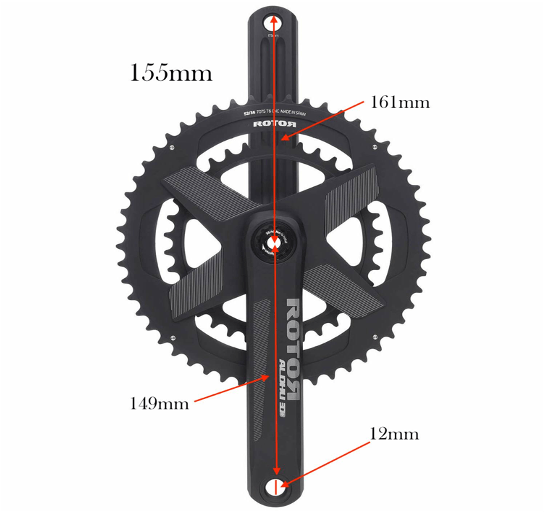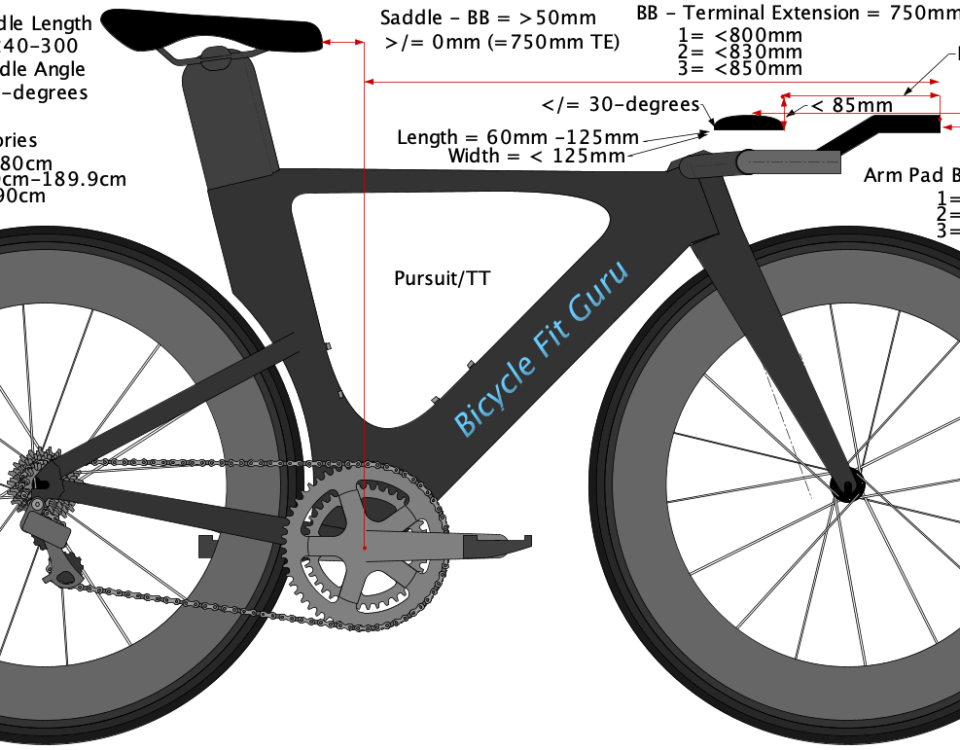The Evolution of Bike Fit
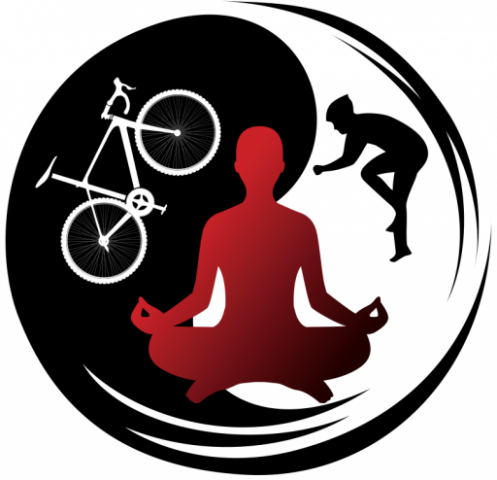
Bicycles are symmetrical, non-adaptive machines, designed and manufactured to geometric averages based on height, limb-lengths and proportions. Manufacturers are growing more concerned about the needs of our diverse cycling population, making geometries and components available in a broad range of configurations and gender-specific designs. This is because each person owns a unique morphology, flexibility, weight, ligament structure and lifestyle – even identical twins.
We are, in fact, as unique as our voice.
Making matters more complex is the fact that our knowledge regarding body position is limited to proprioceptive experiences since birth. Sensory Perception is developed in response to stimuli. The ability to sense body-position relative to space and gravity is determined by vestibular, kinesthetic, and proprioceptive mechanisms. Our brain is constantly registering –“feels better/works better”, “feels worse/works worse” – to establish unified-balance in stillness and function.
But use caution positioning your bike exclusively towards what “feels better”. Your experience on a trainer will be different from the road, especially if your complete fitting was on a fit bike. This is especially true with position-related injuries. An organism’s natural response to injury is overcompensation, simply to avoid any chance of revisiting an uncomfortable position.
Professional bicycle fitting is an iterative process of eliminating the range of positions/adjustments that are NOT optimal — both subjectively and objectively — to discover what in that moment is the best possible outcome (MY opinion). This is consistent with the idea that proprioceptive development is a process of systematically eliminating elements that are “not” ideal in progression towards what “Is”.
Isn’t that how kids learn to walk?
It is an iterative collaboration between client and technician that increases proprioceptive awareness, mechanical function, comfort, and endurance. Proper fit allows a body to quickly adapt to better aerodynamics and training effects, by correct designation of phaic and postural muscle function.
Lesson Learned:
5-years ago I started sponsoring cyclists/triathletes. My plan was to provide a kick-ass fitting at the beginning of each season, monitor for injuries, support componentry changes, and post results on my website. I invited clients to meet monthly for sensory motor conditioning drills (efficiency training) and position refinement as necessary.
One month later, I was surprised to see that fittings had deteriorated significantly. Not one, but all needed adjustments! Specifically, the saddles were low; stems, short; and cockpit, cramped.
But I am the “Guru” I thought to myself, this can not be!
What had happened (confirmed by EMG testing) is that deep spine stabilizers were handling postural duties without as much help from larger, extensor muscle groups. My theory is that the lumbar spine responds poorly to the horizontal position of traditional cycling — especially when positional attributes (bars and saddle) are pulling the more stable thoracic spine and pelvic in opposing directions.
I had made these clients comfortable, which shifted recruitment patterns for the better.
How? The body is always looking to be more efficient. When deep stabilizers (multifidus, interspinalis, etc.) support the trunk, phasic muscles can focus on pedaling, instead of taking up the slack. The result is that a person goes faster, with less effort, more comfort.
Here are some suggestions regarding Professional Bike Fitting Services:
1. Utilize all follow-ups that are included in your bike fitting fees — should be at least, one.
2. Keep record of all fitting outcome documentation.
3. Allow your body to adjust to the new position, but not if you experience discomfort/pain.
4. Check your bike against this documentation after being serviced.
5. Take a photo of your shoes and keep on file for cleat position records.
6. Only take advice from friends if there is a consensus and the change feels good.
7. Be Happy!
Peace
